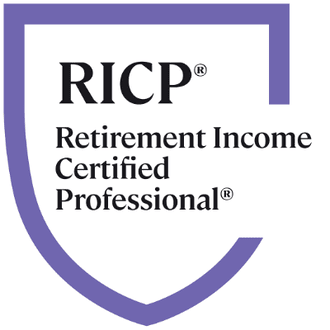
Nonprofit Executives Options For Saving For Retirement
Crisis of Retirement Savings
Nonprofit executives pour their hearts into important causes such as providing food and shelter to the needy, counseling troubled veterans and staging live theater and music. But nonprofit organizations and executives often fall short taking care of themselves in saving for retirement.1 This is especially the case when working for smaller nonprofit organizations that may offer no retirement plan to its employees. These corporate executive then becomes responsible for saving for retirement on their own.
A Bayer Center for Nonprofit Management surveyed nearly 300 nonprofit workers, including executives and other professionals.2 Among the questions, asked, whether they personally had saved enough to retire. The survey showed that nonprofit executives as a result of their higher median age, compared to other corporate executives, represent a significant portion of the possible retirements. As many as 69% of executives may leave the sector within the next 10 years. Other research shows that nonprofit executives have saved barely 30% of what they need to fund their retirement.
The Bay Center for Nonprofit Management survey shows that nonprofit workers, who are already underpaid, may put themselves at severe financial risk by not saving for retirement at all if they don’t have an easy option to do so at work. Nearly half of the nonprofit professionals report having $50,000 or less in retirement savings. This is a disturbing finding when considering that over half of the sample was 46 years of age or older.
403(b) Plans and IRAs
When it comes to retirement savings, it's a good idea to take advantage of tax-advantaged retirement accounts. You may be familiar with traditional and Roth IRA accounts as well as employer-sponsored 401(k) plans. But there's another type of employer-sponsored plan, called the 403(b) retirement plan, that you may be less familiar with that is used by many nonprofits.
Your 403(b) plan typically may have a range of low-cost investment options, which may be a tax-efficient way to save. The issue with many 403(b) plans is restricted investment choices. These investment choices may not work best with your retirement goals. 403(b) plans tend to be dominated by insurance companies that have traditionally sold the plans and often try to include complex savings vehicles with unclear terms in the form of insurance products. These plans can involve complicated annuities. While these may sound appealing to some, for many these can be complicated and expensive options removing any potential tax benefit.3
Annuities may be suitable for some very conservative investors, but for other investors that have the greater risk tolerance, they may not be suitable. Also, many nonprofit executives often do not have the time or expertise to pick the details of the plans apart and choose the right investments.
Good and Bad of 403(b) Plans
A good 403(b) should offer some low-cost, passive investment options such as Exchange Traded Funds (ETFs).4 If you're paying more than an 0.50% expense ratio a year for different funds, then your plan may not have great investment options. In addition, if someone is aggressively selling the plan to you, then that's a bad sign as well. The best 403(b) plans are low-cost with a broad range of asset classes and probably won't have enough of a marketing budget because of their relatively low-fees. Also, many 403(b) plans don't have ERISA protection (Employee Retirement Income Security Act), that's a potential problem because ERISA promotes minimum standards for retirement plans. An ERISA plan puts some helpful safeguards in place for savers.
What’s the Solution?
Nonprofit executives should think about their retirement. They should be rewarded for the sacrifices they are making and true commitment and passion for public service. These executives should take advantage of tax-deferred retirement accounts such as employer-sponsored 403(b), or open your own IRA.
With a 403(b) in 2020, you can contribute up to $19,500 per year and $6,500 additional if over age 50. You may also be able to take advantage of an employer match to save even more. Be careful of your investment choices, try to use low-cost passive index funds, and a diversified portfolio. Always talk to a financial planner about retirement and how to reach your retirement goals.
2. https://www.nytimes.com/2016/11/03/your-money/spreading-the-gospel-of-better-retirement-plans.html
*This content is developed from sources believed to be providing accurate information. The information provided is not written or intended as tax or legal advice and may not be relied on for purposes of avoiding any Federal tax penalties. Individuals are encouraged to seek advice from their own tax or legal counsel. Individuals involved in the estate planning process should work with an estate planning team, including their own personal legal or tax counsel. Neither the information presented nor any opinion expressed constitutes a representation by us of a specific investment or the purchase or sale of any securities. Asset allocation and diversification do not ensure a profit or protect against loss in declining markets.





